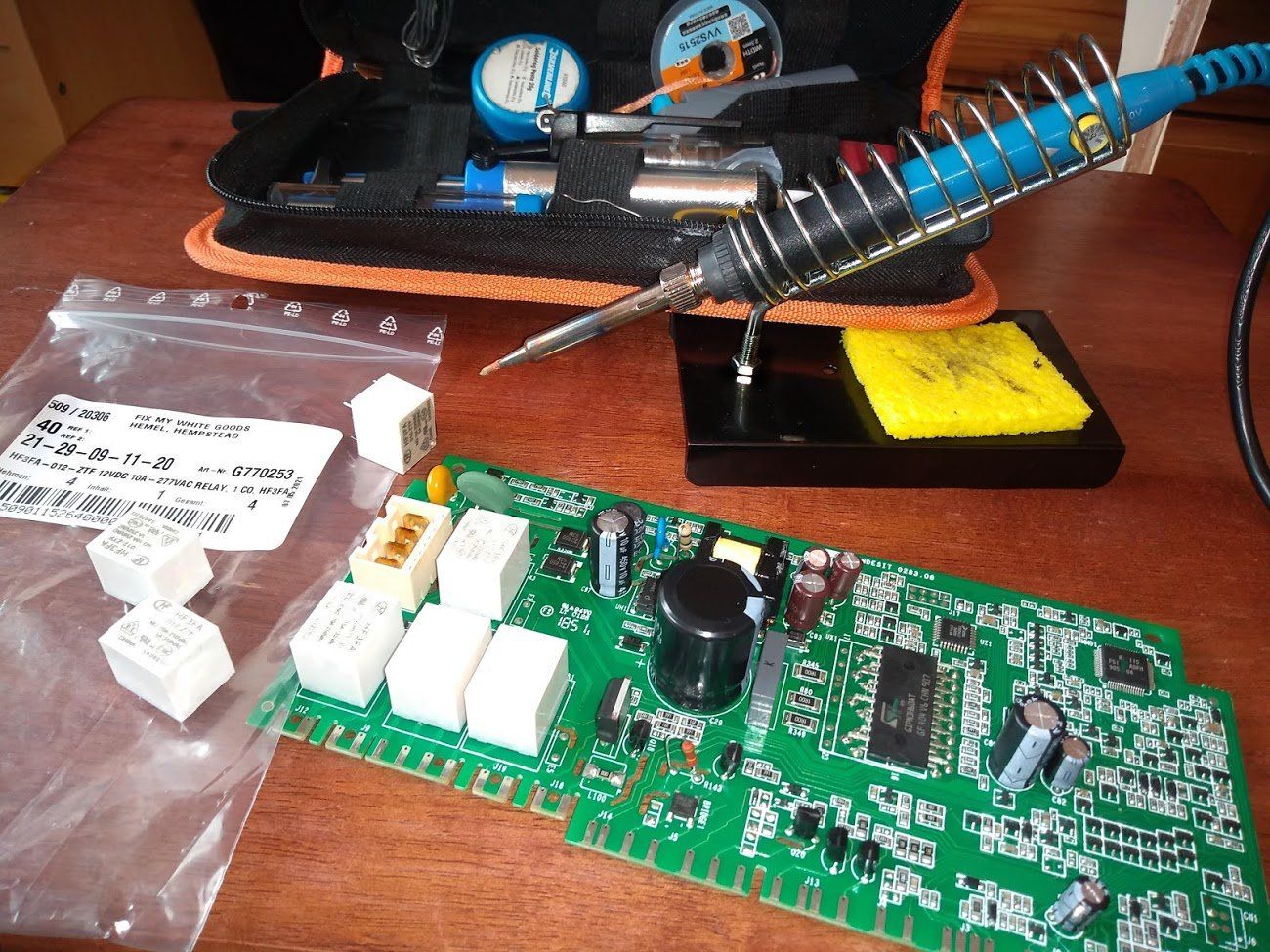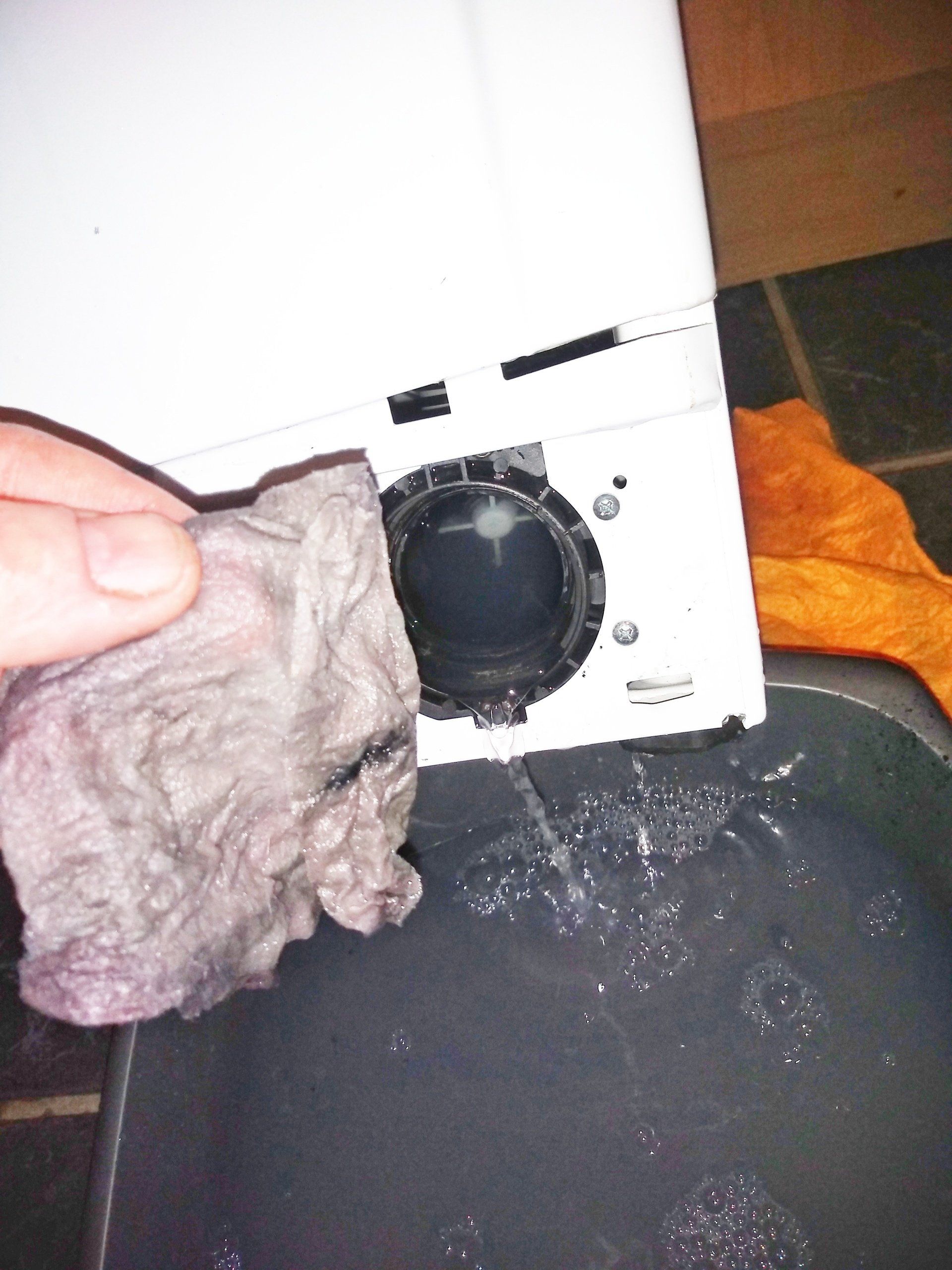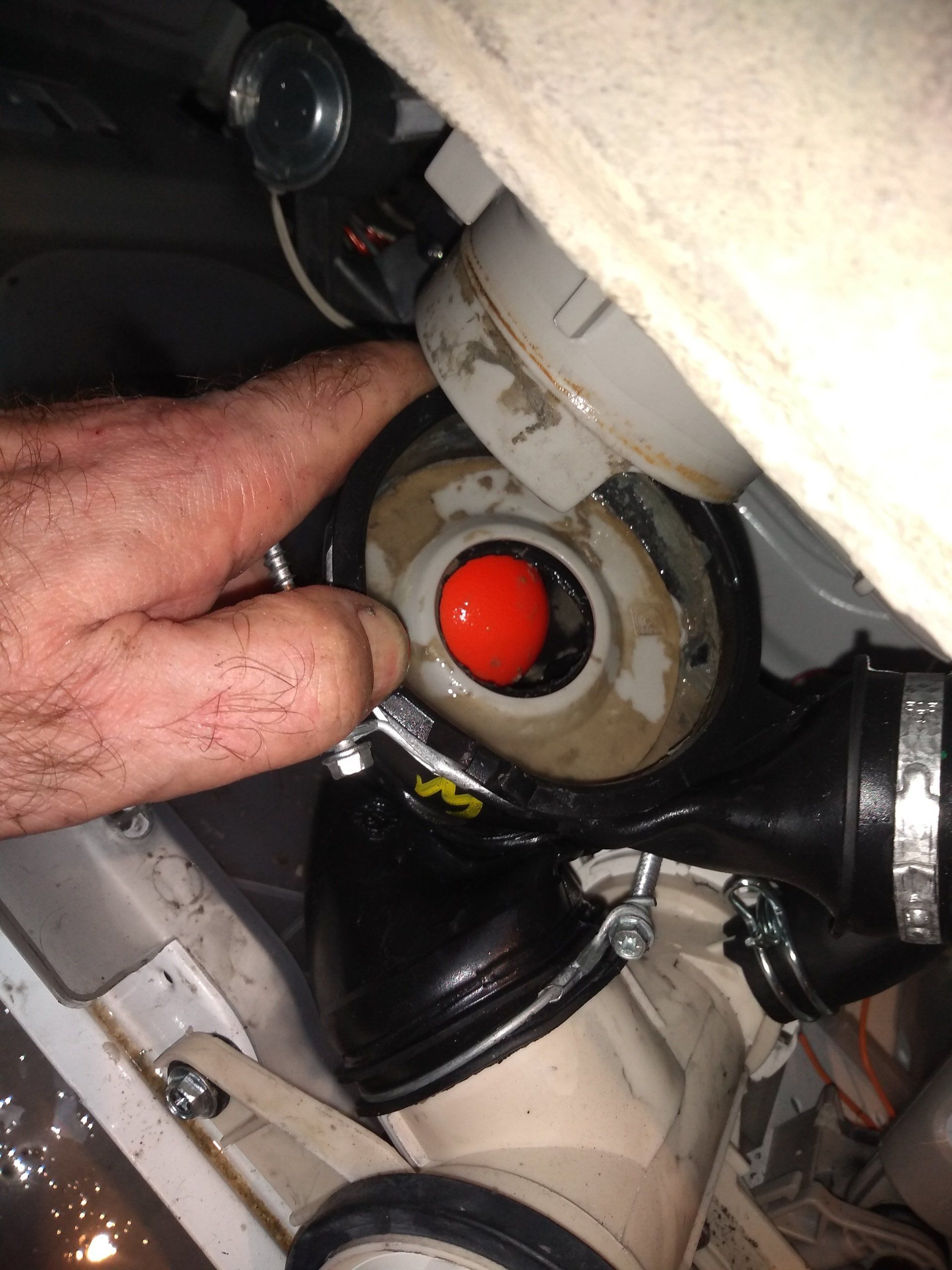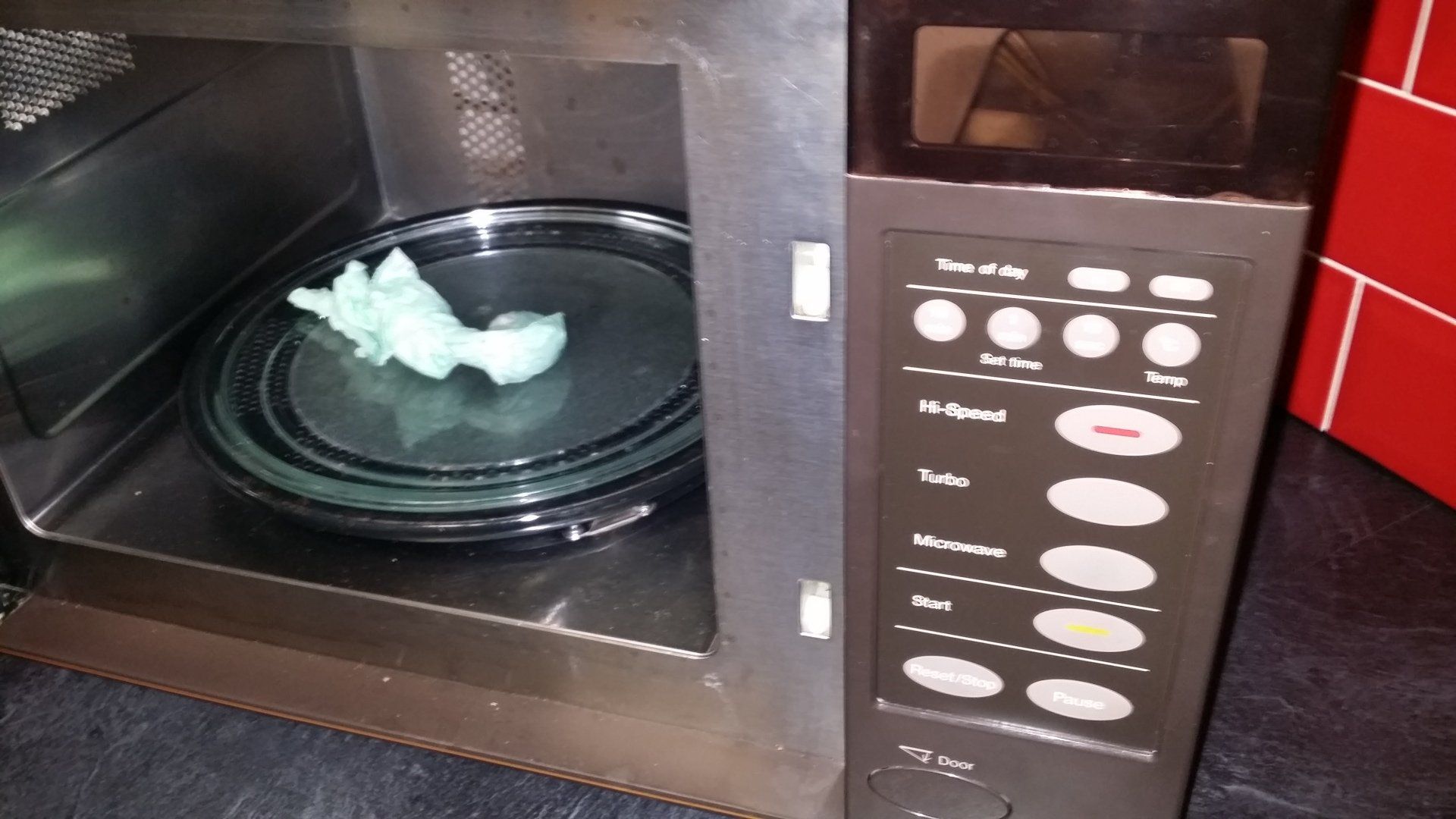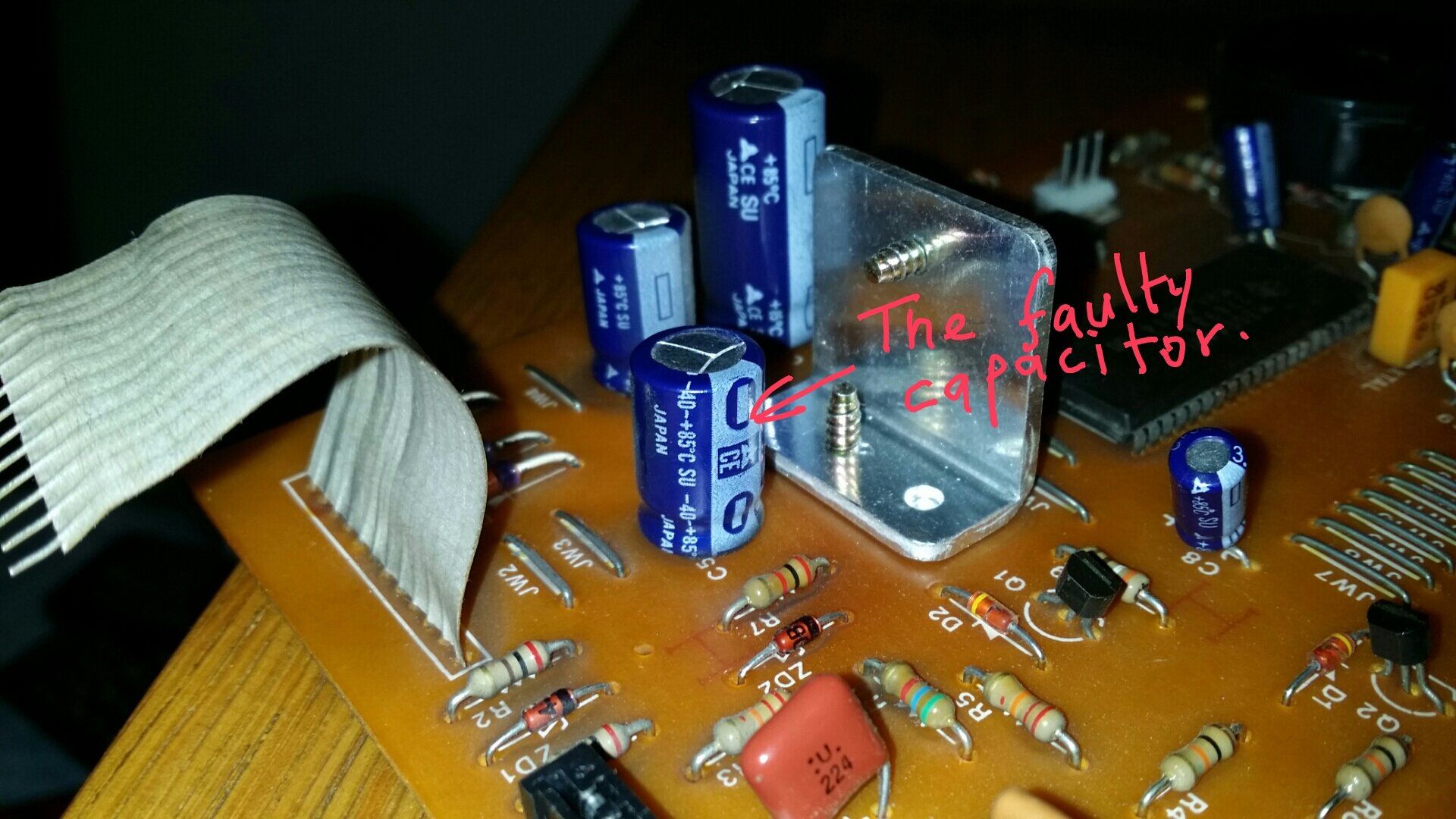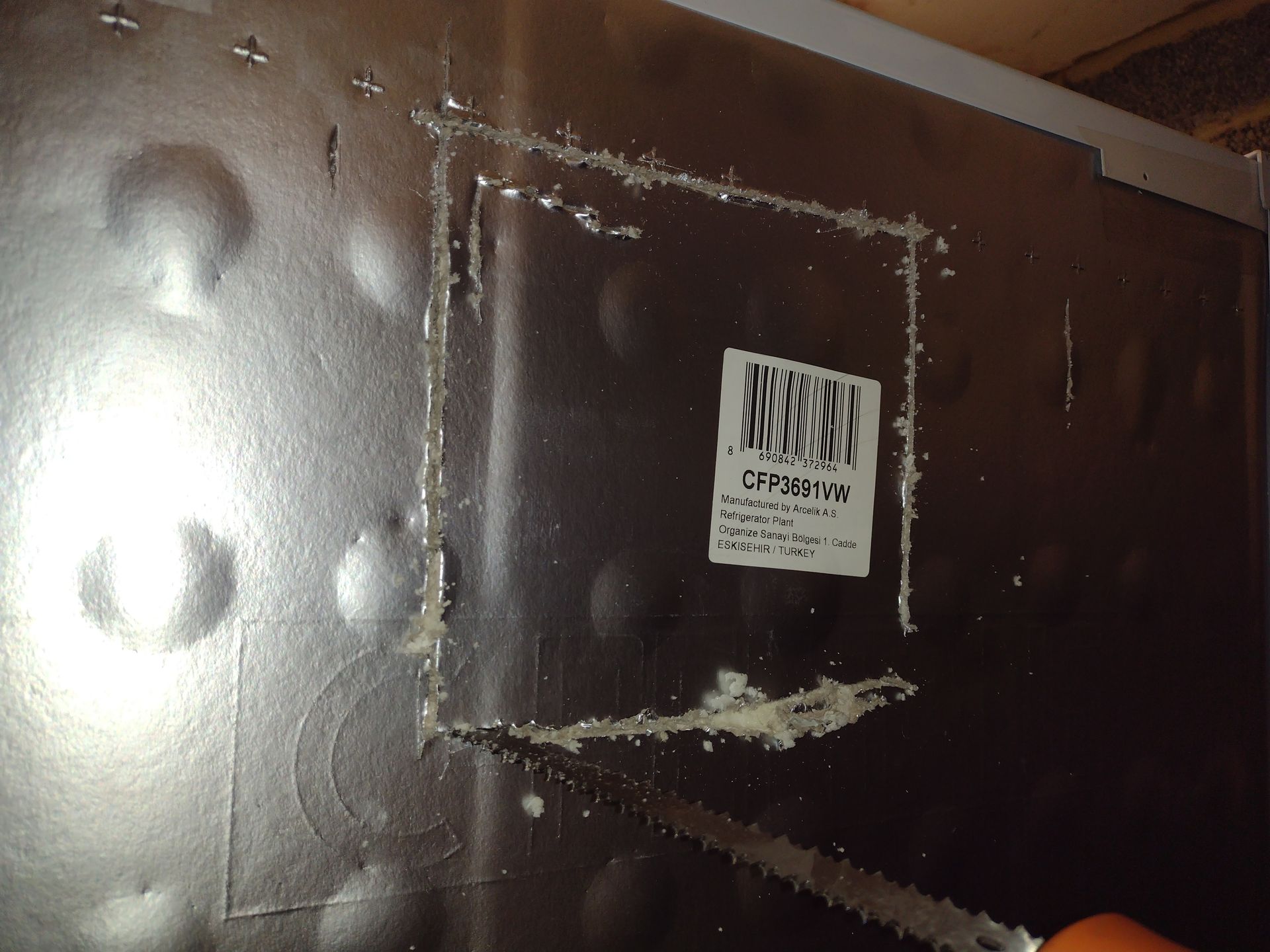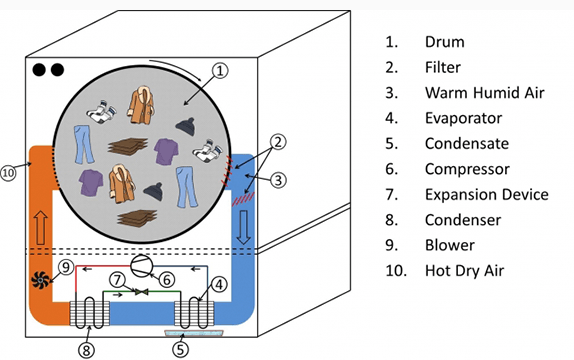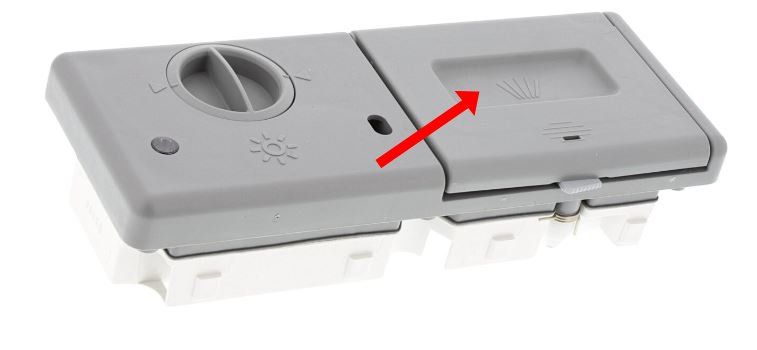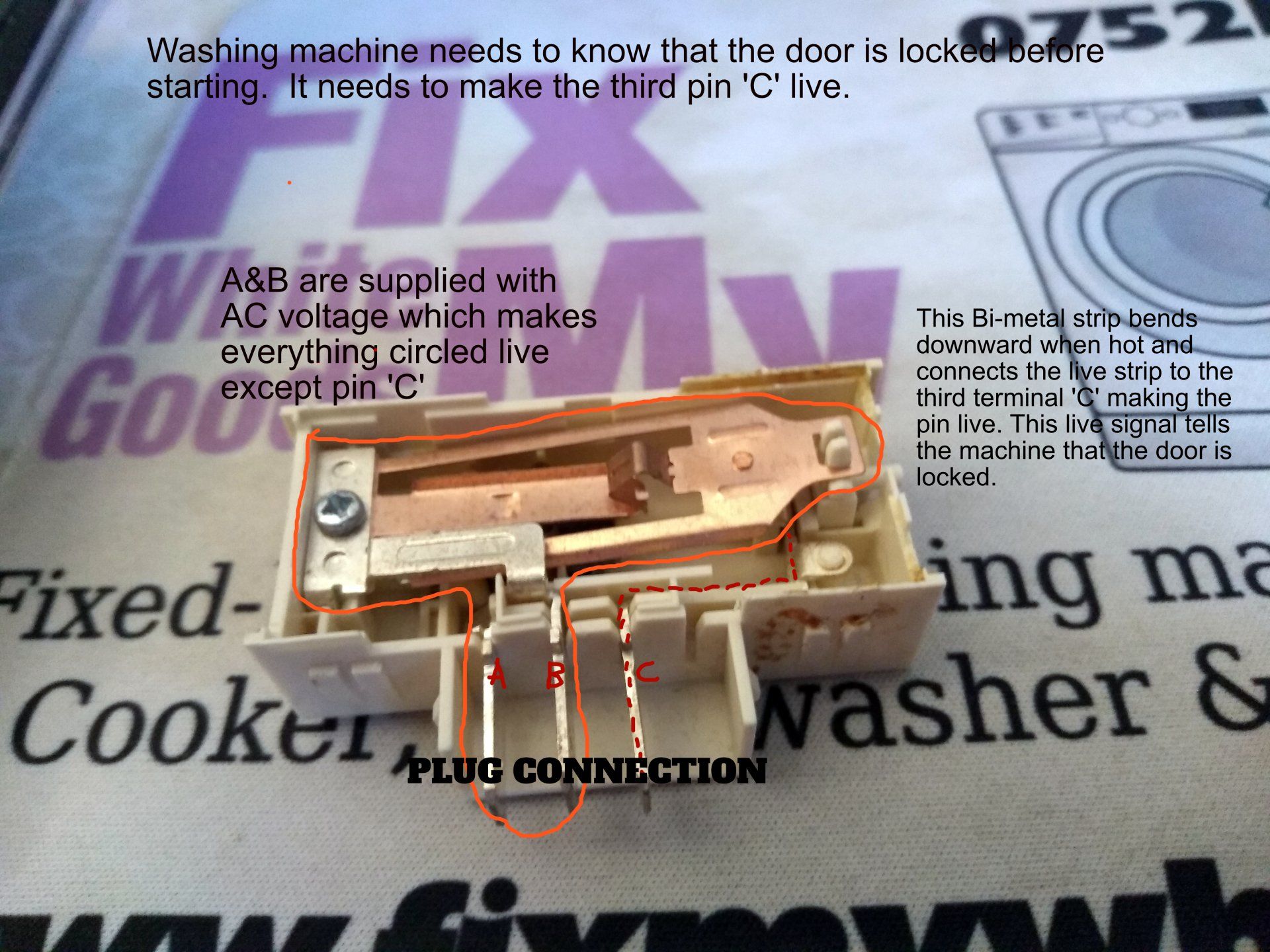Another old appliance (microwave) repaired
This time, a microwave over 30 years old. I fixed it!
I went to a very old Brother microwave. It was completely dead. The display did not light up and there were no signs of life.
I checked that power was reaching the printed circuit board for the display panel, and found that it was. The display PCB had failed. Being well over 30 years old, there was no possibility of obtaining a new PCB, but the customer was really keen to get this microwave repaired as she had used it from new and was used to it. I explained that parts were no longer available but I suggested that I would take the PCB away and see if I could do anything with it. I further explained that if I was unable to repair it, there would be no charge whatsoever.
On checking the PCB, I noticed a darkening of the area around a group of components (electrolytic capacitors) and I tested each of them using a capacitance meter. One of them had failed as I got no reading when probed.
I ordered a new capacitor and soldered it onto the board. I went back to the customer with the PCB and explained that I hoped that this would work, but if not, she would have to obtain a new microwave. I wasn't particularly confident that this would actually work but it was worth a try.
I fitted the PCB back into the microwave and made all the electrical connections. To my relief, the display immediately came to life, and the microwave was back in operation.
The parts cost was just a small capacitor so a very cost-effective repair to a microwave that I thought would need to be scrapped, and a customer who got her trusty microwave back!
The majority of appliance repair companies would not repair an appliance to component level, and had parts been available, I would have changed the complete PCB. It was a bit of a different repair to normal but I'm really pleased that it worked out.
